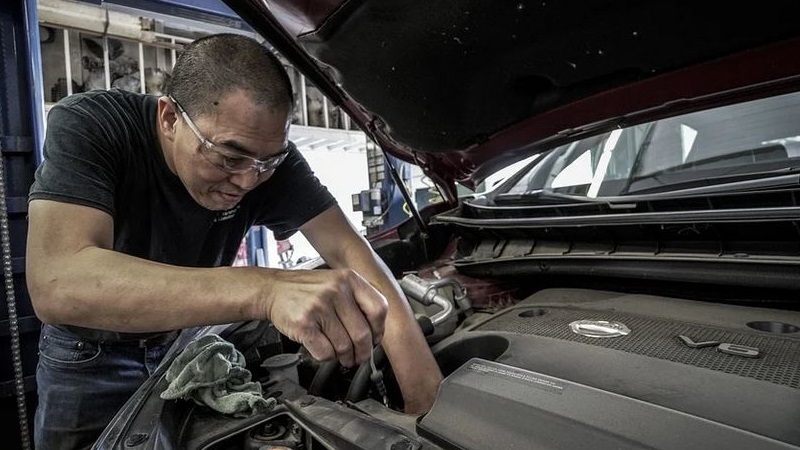A shortage of semiconductor chips used in the production of vehicles is set to cost the auto industry big time.
A report by CNBC said the 2021 forecast is nearly double the loss that had been earlier projected and that means a related shortage of produced cars, or 7.7 million units of production lost.
“Of course, everyone had hoped that the chip crisis would have abated more by now, but unfortunate events such as the COVID-19 lockdowns in Malaysia and continued problems elsewhere have exacerbated things,” Mark Wakefield, global co-leader of the automotive and industrial practice at AlixPartners, said in a statement provided to CNBC.
Many of the microchips are produced in Asian countries like Malaysia.
AlixPartners, a business consulting firm based in New York, predicted the shortage could continue to at least the second quarter of 2022.
Ford and General Motors retooled their plant operations during 2020 to provide safety from the COVID virus with testing and mask mandates for workers, and social distance precautions, the report said. By last January automakers began to cut production at auto plants because of the chip shortage.
The semiconductor chip shortage is expected to cost the auto industry worldwide an estimated $210 billion in 2021.
Dan Hearsch, managing director in the auto and industrial practice at AlixPartners, said the auto industry took its biggest hit during this year’s second quarter.
“The second quarter of this year is still the worst of chip shortage so far in terms of lost vehicles,” he told CNBC. “But what’s changed is that the auto industry globally simply hasn’t recovered as quickly as we thought when we did our forecast back in May due to unforeseen things since then, like the rise of the Delta variant and the COVID breakouts in Malaysia and other Southeast Asian countries.”
Losses suffered by the big car makers who were warned of the coming shortage were offset a little bit by continuing consumer demand and profits from higher car prices, the report added.

